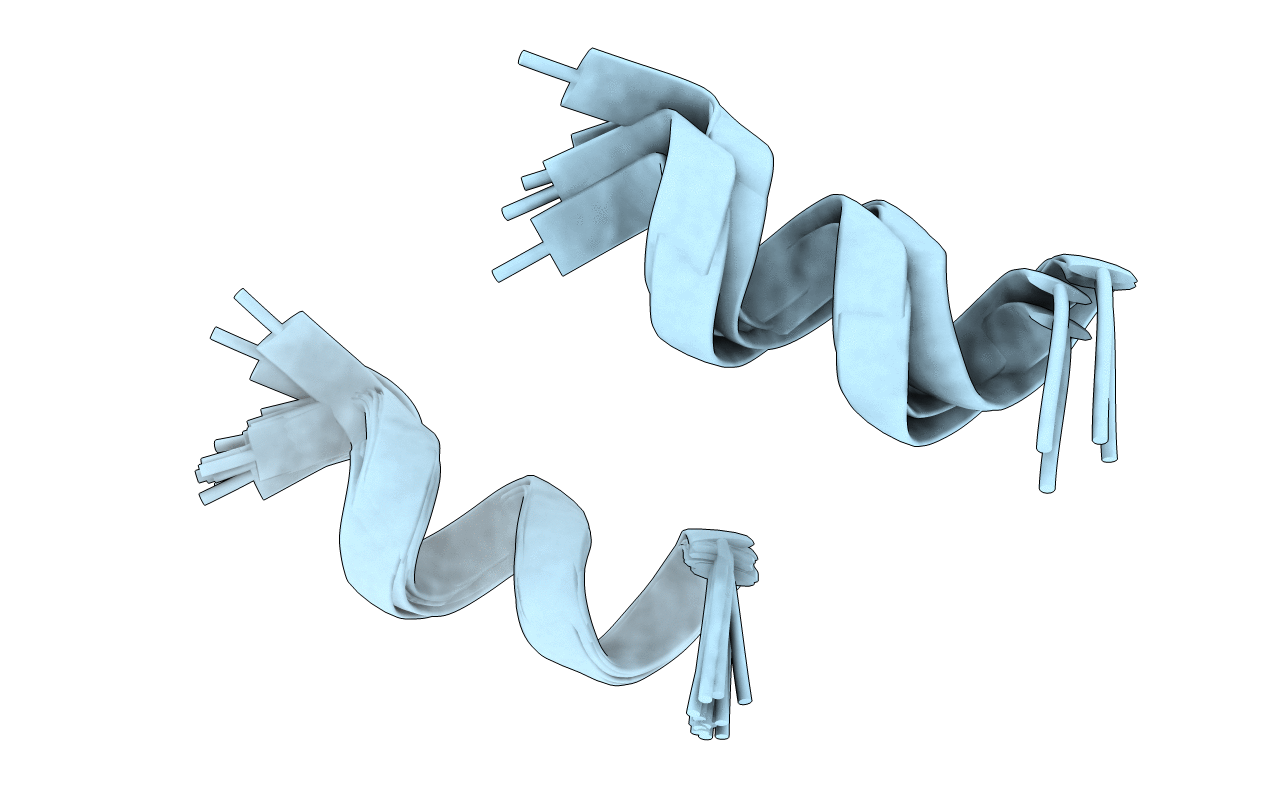
Deposition Date
2015-11-12
Release Date
2016-11-16
Last Version Date
2024-11-20
Method Details:
Experimental Method:
Conformers Calculated:
40
Conformers Submitted:
20
Selection Criteria:
target function


